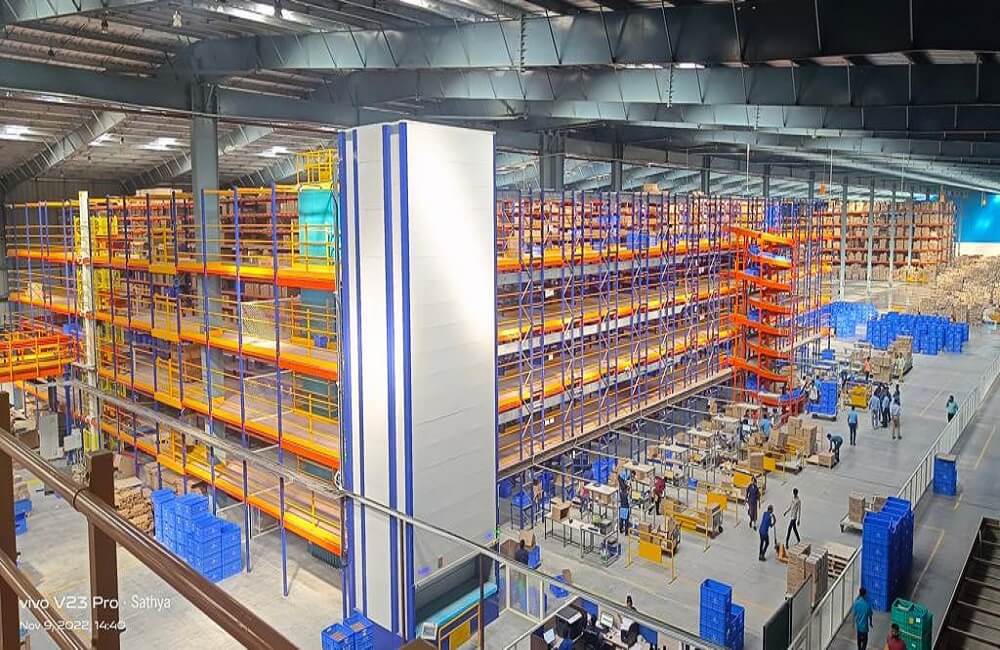As India continues its rapid growth, it is crucial for stakeholders to embrace the challenges and seize the opportunities in the dynamic world of reverse logistics.
Reverse logistics has long been a challenge for businesses across all segments- B2B/B2C/B2D/D2C. In recent years, India has experienced a remarkable surge in the e-commerce sector, leading to an increased demand for efficient reverse logistics. This growth has further created a range of opportunities and challenges for stakeholders.
The complexities associated with B2C/D2C transactions in the e-commerce sector have further intensified the challenges in reverse logistics. According to the stats, reverse logistics involves 1.5 times higher costs compared to forward logistics, causing dissatisfaction amongst all stakeholders. However, with careful planning and coordination, costs can be reduced by up to 25% by improving the quality of inspection and overall satisfaction of end consumers. Starting with the first mile, it’s increasingly crucial to conduct quality inspections to ensure that the correct product is retrieved from the consumer, thereby preventing fraudulent returns. By leveraging digital solutions like serial number scanners and product image recognition, logistics firms can attain cost reduction, improved turnaround time, and enhanced customer experiences.
Among the various segments, e-commerce is regarded as the most complex when it comes to reverse logistics. The growth of e-commerce has transformed consumer expectations and the way returns are handled. E-commerce companies face the challenge of efficiently processing and managing a high volume (15-20%) of returns. However, by optimizing their reverse logistics operations, e-commerce retailers can build trust and loyalty among their customers. Innovative solutions such as automated systems and centralized return centres help reduce costs, expedite processing times, and enhance customer experiences.
The B2D sector, which encompasses industries like pharmaceuticals, fast-moving consumer goods (FMCG), and electronics, plays a crucial role in India’s reverse logistics market. Distributors often encounter challenges related to expired or damaged products, overstocking, and inventory management. Collaborative efforts between manufacturers, distributors, and retailers are essential to address these challenges. Implementing effective product tracking systems, incentivizing returns, and optimizing inventory management can result in reduced waste, improved supply chain efficiency, and enhanced profitability within the B2D sector.
A well-established B2B reverse logistics network can enable companies to recapture value from returned goods, reduce waste, and enhance customer satisfaction. Additionally, incorporating sustainability initiatives into the reverse logistics process can enhance brand reputation and appeal to environmentally conscious consumers.

Founder, MD & CEO,
Smartr Logistics
In conclusion, India’s reverse logistics market offers significant opportunities across the traditional (B2B and B2D) and fast-growing e-comm (B2C and D2C) segments. Realizing these opportunities requires collaboration, technological advancement, and a focus on sustainability. By establishing robust partnerships, embracing innovation, and adopting standardized processes, the untapped potential of reverse logistics can be unlocked. This will lead to reduced costs, improved customer experiences, and a more sustainable future. As India continues its rapid growth, it is crucial for stakeholders to embrace the challenges and seize the opportunities in the dynamic world of reverse logistics.



